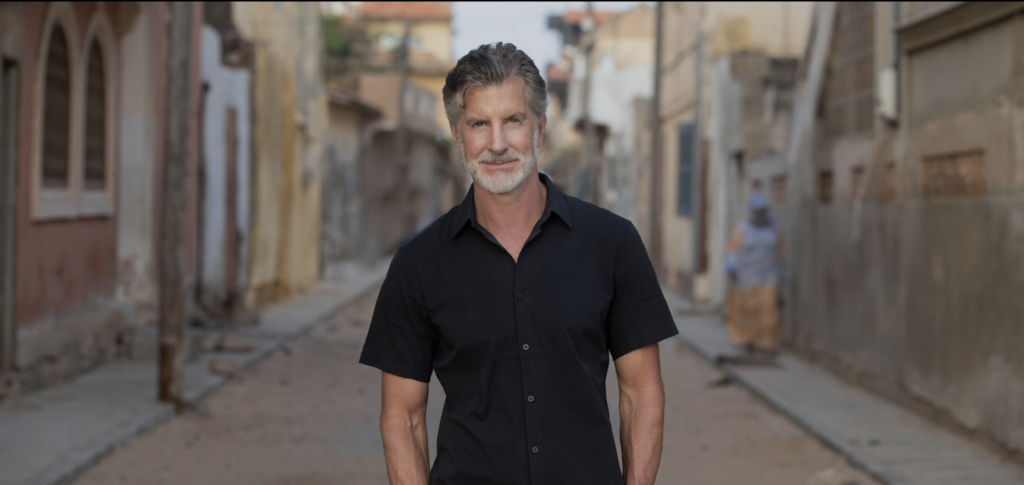How to select your perfect wedding photographer
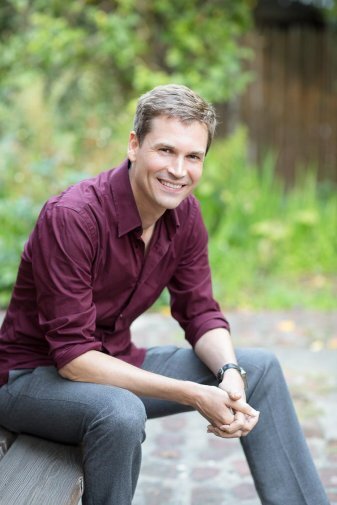
Here is another one of my favorite photographers. Gavin and I go back more than a decade, have collaborated many times on weddings and styled photoshoots, and I admire him tremendously – both his work and the person he is. He lives and breathes photography, and wedding photography in particular… so here is what HE has to say about it all.
“How did you get into photography and, in particular, into WEDDING photography? What is it that fascinates you about it?“
My parents gave me a camera when I was little. A Kodak Instamatic. I loved playing with it, but even as a kid I could tell my pictures didn’t look like the photos I saw in magazines. It wasn’t until high school, where I discovered we had an old defunct darkroom and worked to rebuild it, that I would start to learn photography. But it wouldn’t be until years after college that I would consider photography professionally.
I honestly didn’t expect to love wedding photography. I guess I had a bit of an art-school-snob attitude about it. Only when I worked at a wedding as an assistant photographer that I realized how much I loved observing people, and being part of an intimate day in people’s lives.
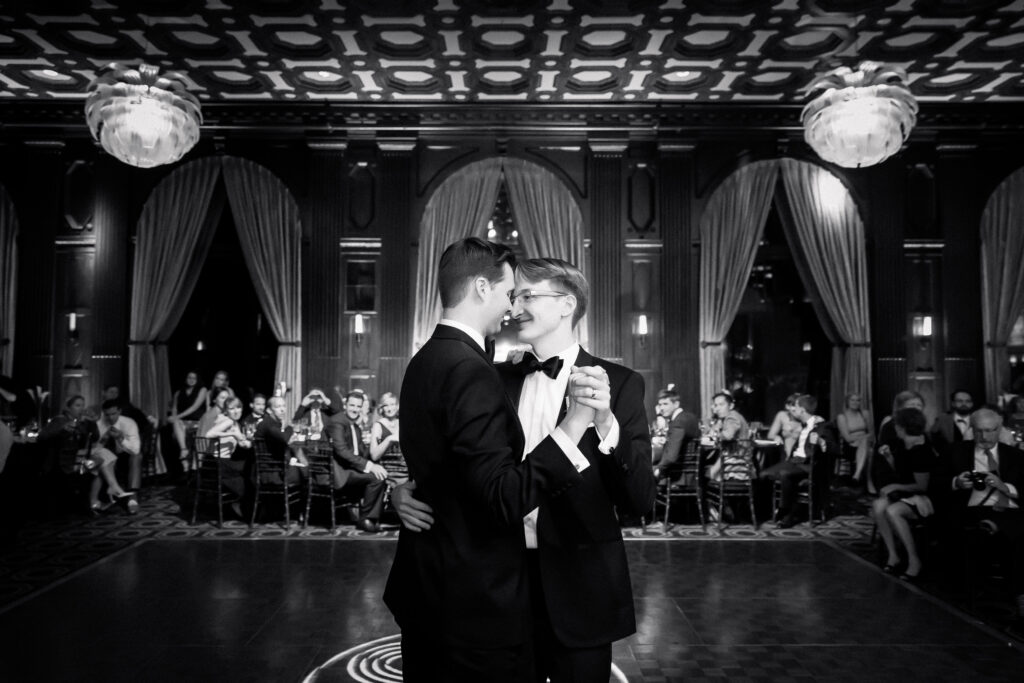
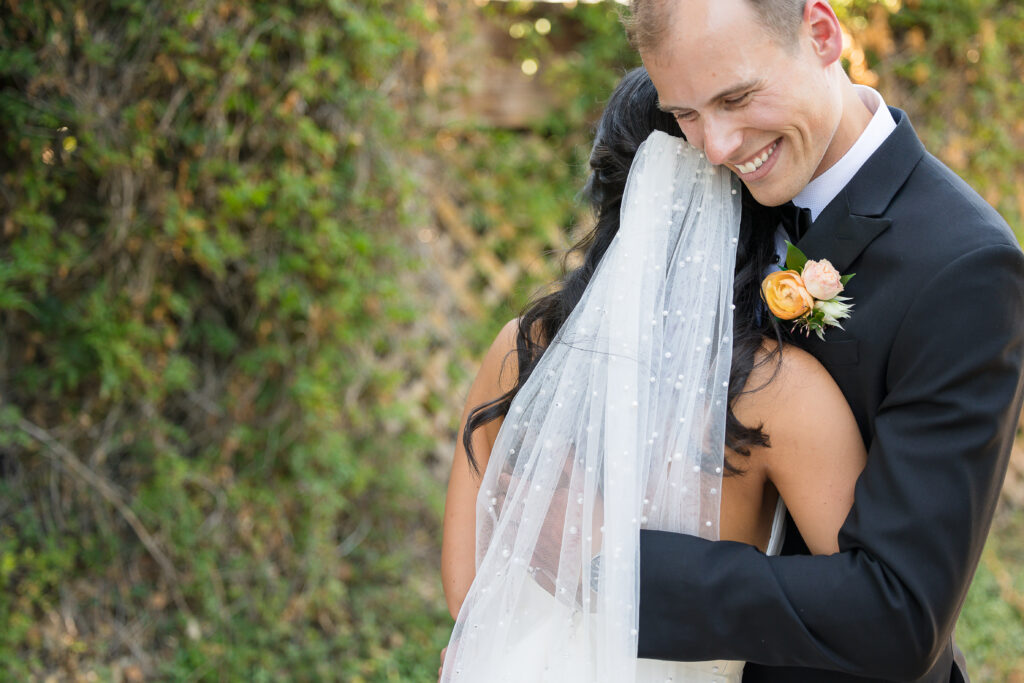
“What is your specific style and why?”
The industry jargon is “wedding photojournalist.” Many couples express this by using phrases like ‘authentic, natural, candid, organic, unintrusive, capturing the moment, real, un-posed’, and the like. What matters to me for the finished product is that it connects you to memories that were in the moment, not memories of your photographer posing you, or telling you to do something again.
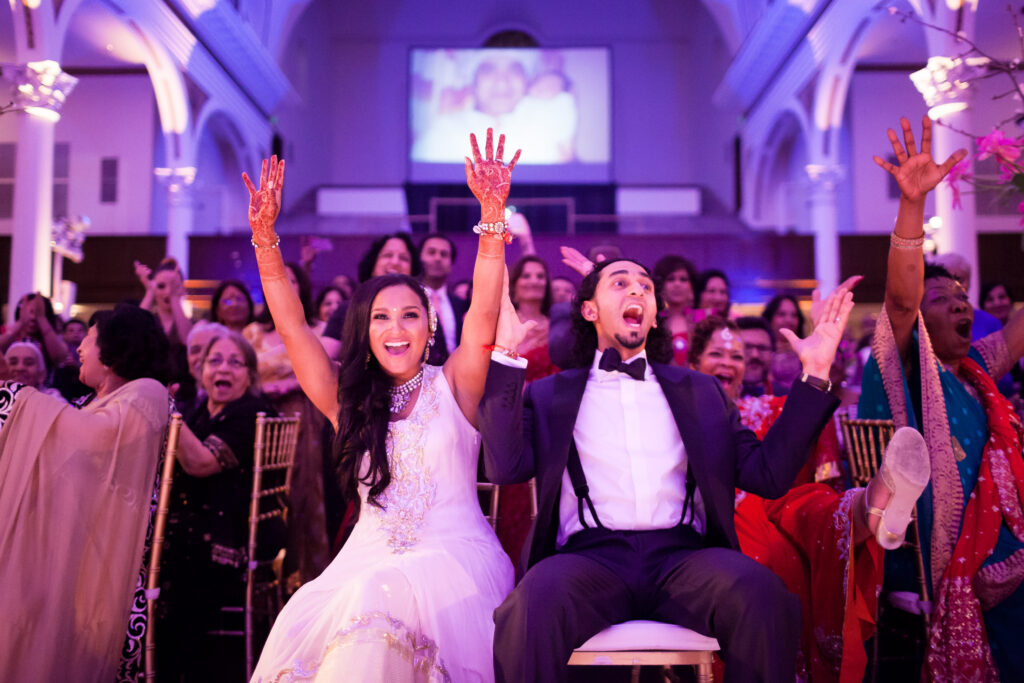
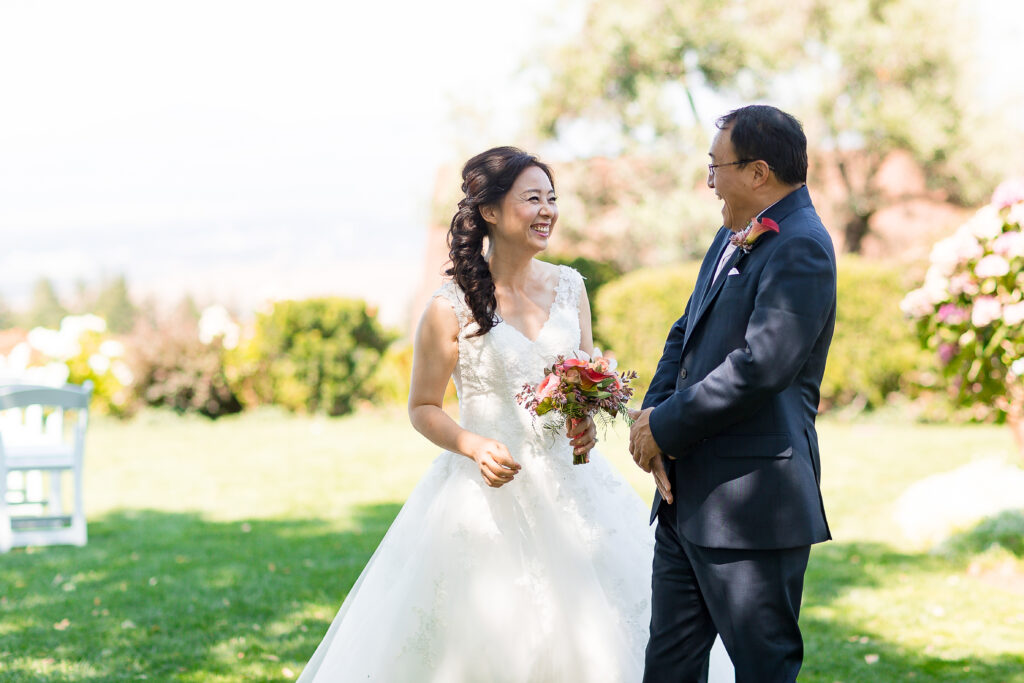
“How have you evolved as a photographer?”
I started out working with very talented photographers who are brilliant at posing and staging breathtaking shots. It was fun, and I learned a lot about lighting, technicals, etc., but for me it rang hollow when thinking about how a couple might relate to those images 20 or 30 years from now. I often imagine, “if this couple has kids, and in 30 years those kids are home for Thanksgiving and pull out Mom and Dad’s album, are they going to look at those photos and see the people they know and love? Or are they going to see expertly staged photographs?
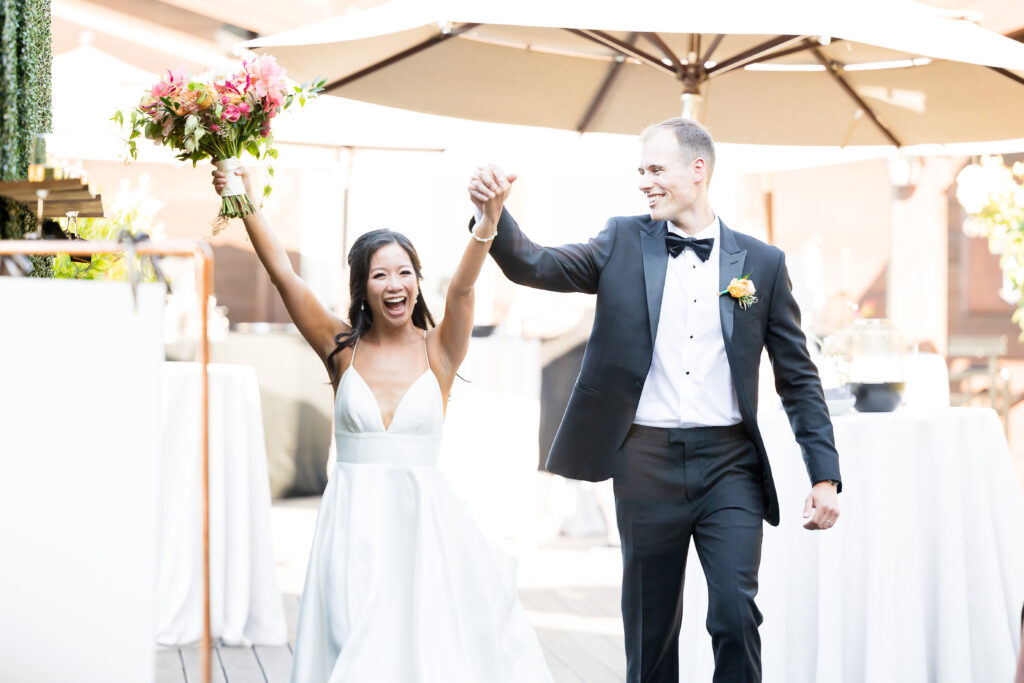
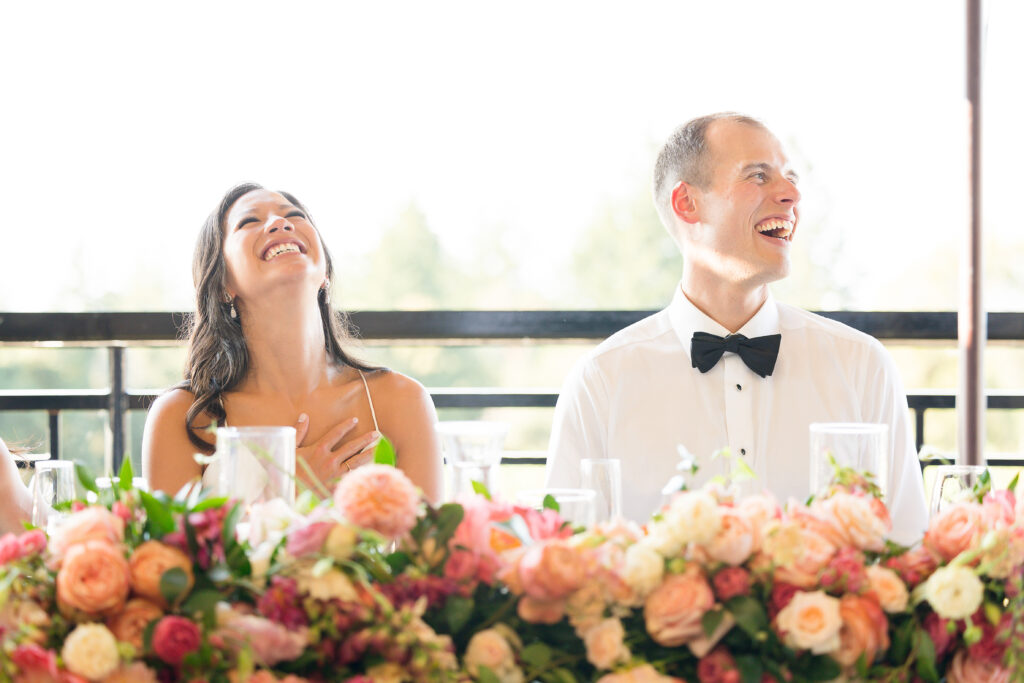
“How do you connect with couples?”
One way I connect is through stories. Like the time a grandmother hobbled slowly up the walk to stand before her granddaughter – the bride – and say, “I practiced walking with a cane so I could be here.” I cried behind my camera. I like to think that the photos of that moment are an important part of that bride’s memories of her.
“What is the difference between an experienced professional photographer and laypeople shooting with their cellphone cameras?”
Connection, curation, and situational experience.
‘Connection’ in that I am able to operate my camera fully manually without giving it a thought. That gives me the space to pay attention to people, not camera settings. I’m connecting with you from behind my camera.
‘Curation’ because not every single frame is going to be good, and not every single frame should be part of the finished product. You want all the important moments, you don’t want every frame.
‘Situational experience’ is more technical in nature. Weddings are not photo studios. The majority of settings have no shortage of lighting challenges and unexpected moments. Ideal lighting rarely happens. How are you going to get a professional quality image without inserting yourself in the action and being a director all day? After all, it’s your day – not mine.
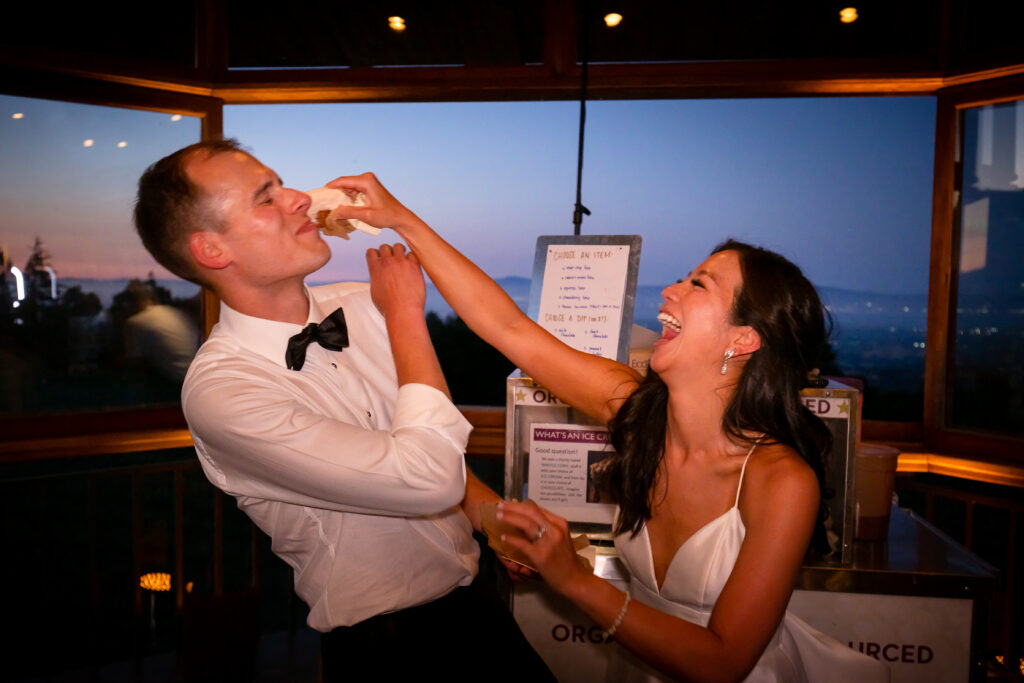
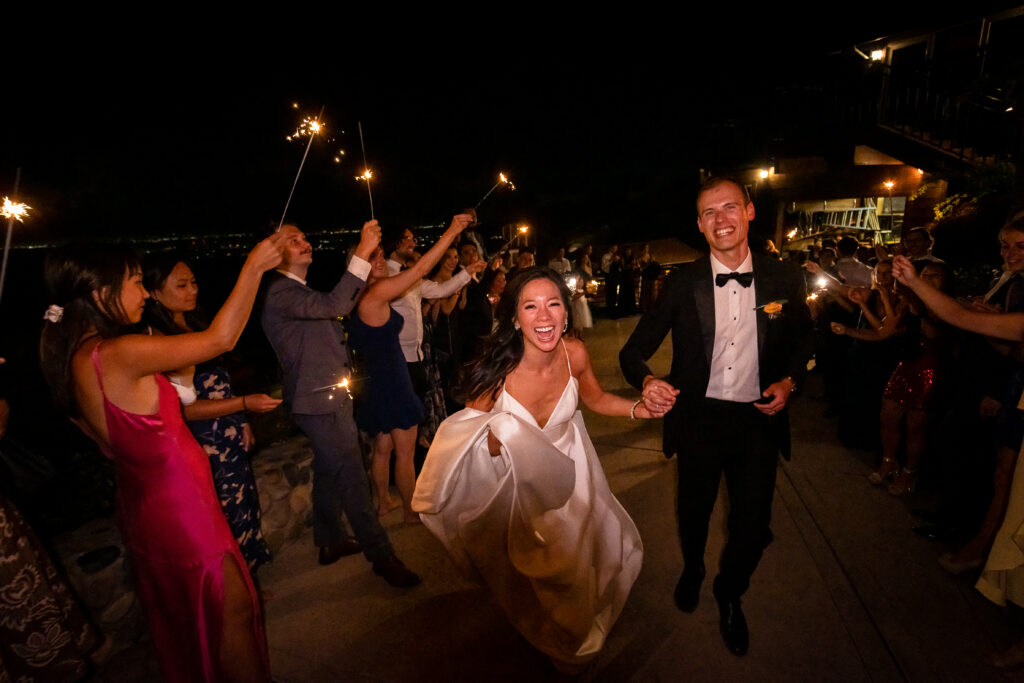
“Why is wedding photography expensive?”
There are many factors playing into this. I’ll touch on two. First is that the hours spent at the wedding are only a small fraction of the total hours that go into producing your finished product. We need to amortize the hourly cost on your invoice over the total hours it takes to deliver your finished product. Another factor is the cost for all the years spent learning. A photographer who makes it look easy only makes it look easy as a function of their experience. It probably took 6 years before I was making minimum wage after averaging everything over the total hours spent building and running my business.
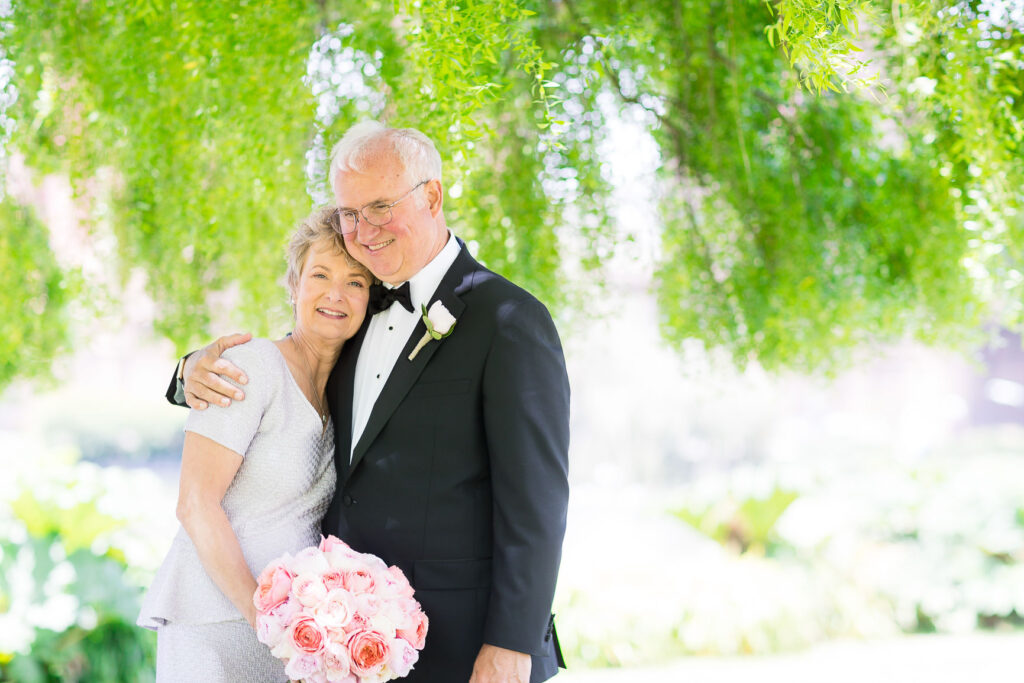
Thank you, Jutta!
Warmly,
Gavin
Owner & Lead Photographer, Gavin Farrington

